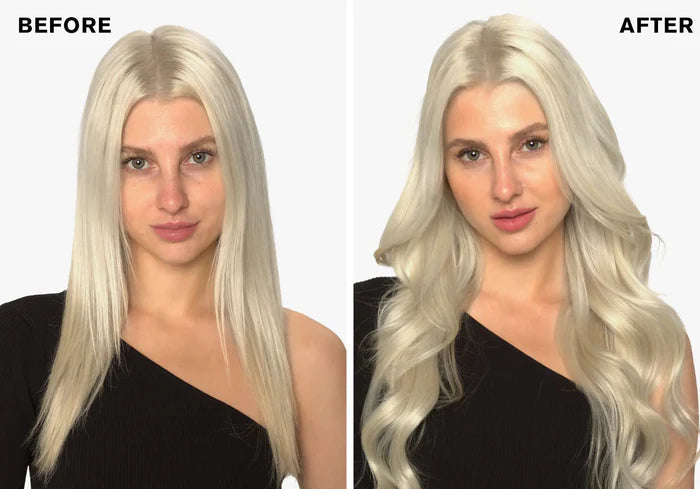
Best Sellers
Discover our top-selling hair extensions loved by thousands! Find the perfect length, color, and style that’s flying off the shelves.

Want to instantly achieve long, voluminous hair? Hair extensions are one of the most magical ways to transform your look! But before trying them, many people ask: Will hair extensions damage my natural hair?
The answer is: Not necessarily—but if done incorrectly or without proper care, they can put stress on your hair and cause damage.
Think of extensions as a “hair accessory magic”: with the right method, proper application, and regular care, your hair can stay healthy while achieving the length and volume of your dreams.


Experienced stylists can avoid unnecessary tension and damage. Professional application extends the lifespan of your extensions.
Allow your scalp and hair to rest between extensions.
Too many extensions can strain hair follicles. Your stylist will recommend the appropriate amount for your hair.
Hair extensions are a great way to add versatility and volume to your look—but hair health should always come first. Choosing the right type, working with a professional, proper care, and regular maintenance will let you enjoy the length and fullness you want while keeping your natural hair healthy.
Extensions are not a hair-damaging curse—they are a healthy way to enhance your natural beauty!

Discover our top-selling hair extensions loved by thousands! Find the perfect length, color, and style that’s flying off the shelves.

Use this section to welcome customers to your store, say a bit about your brand, or share news.

Love hair styling and beauty tips? Join our community as a contributor and share your expertise with our audience.

Earn rewards by sharing our products! Join our Affiliate Program and get commissions for every sale made through your referral link.